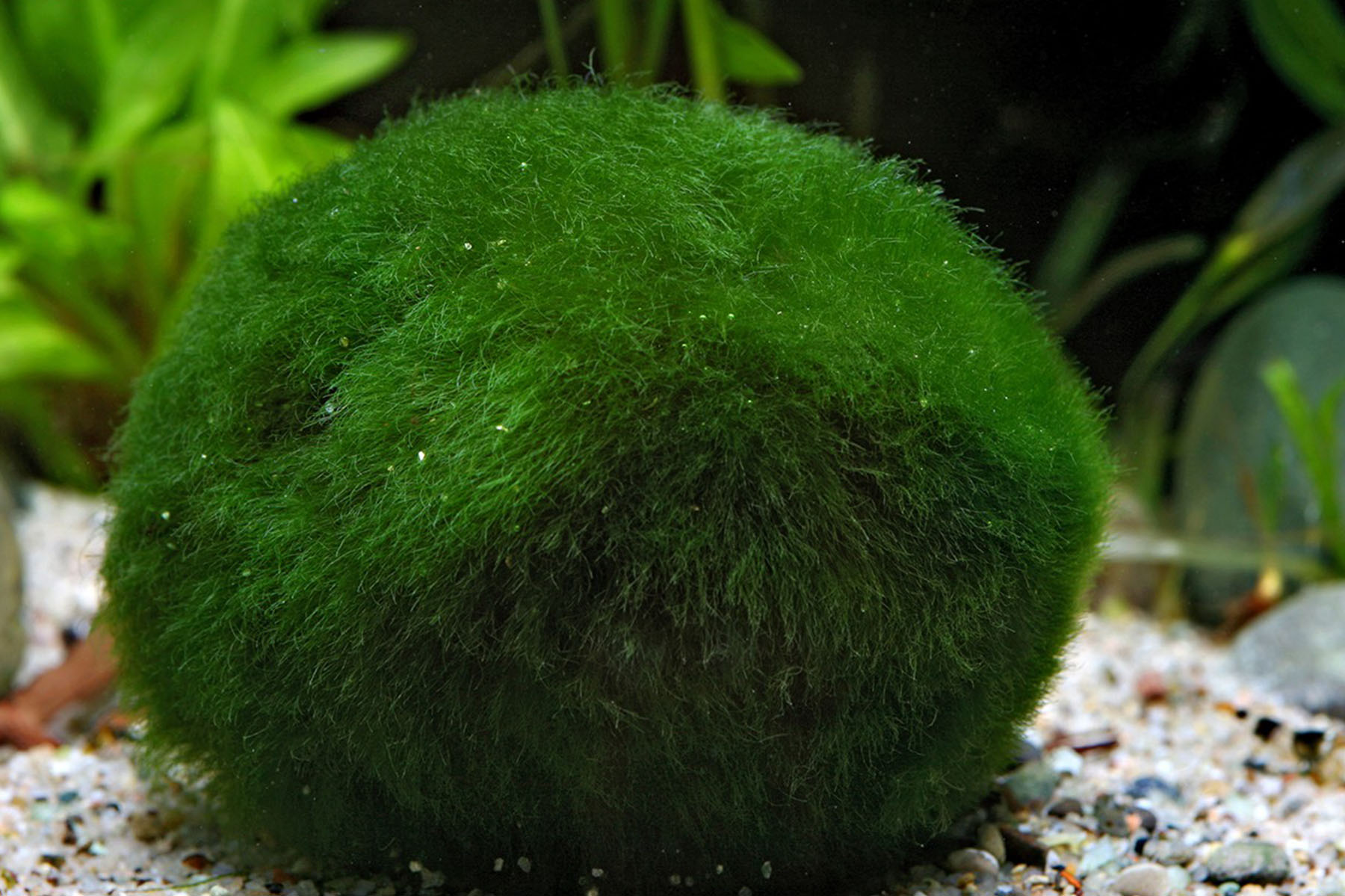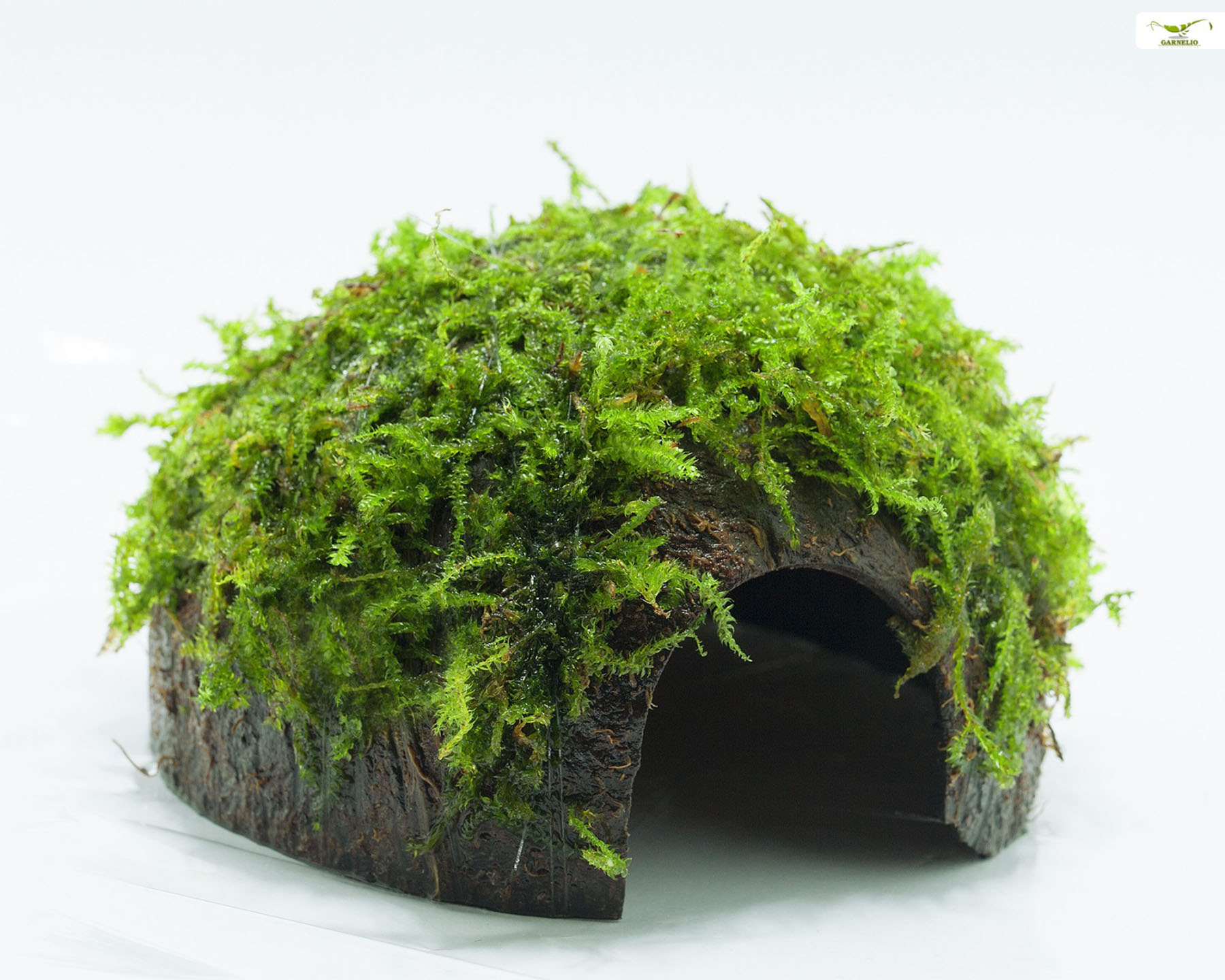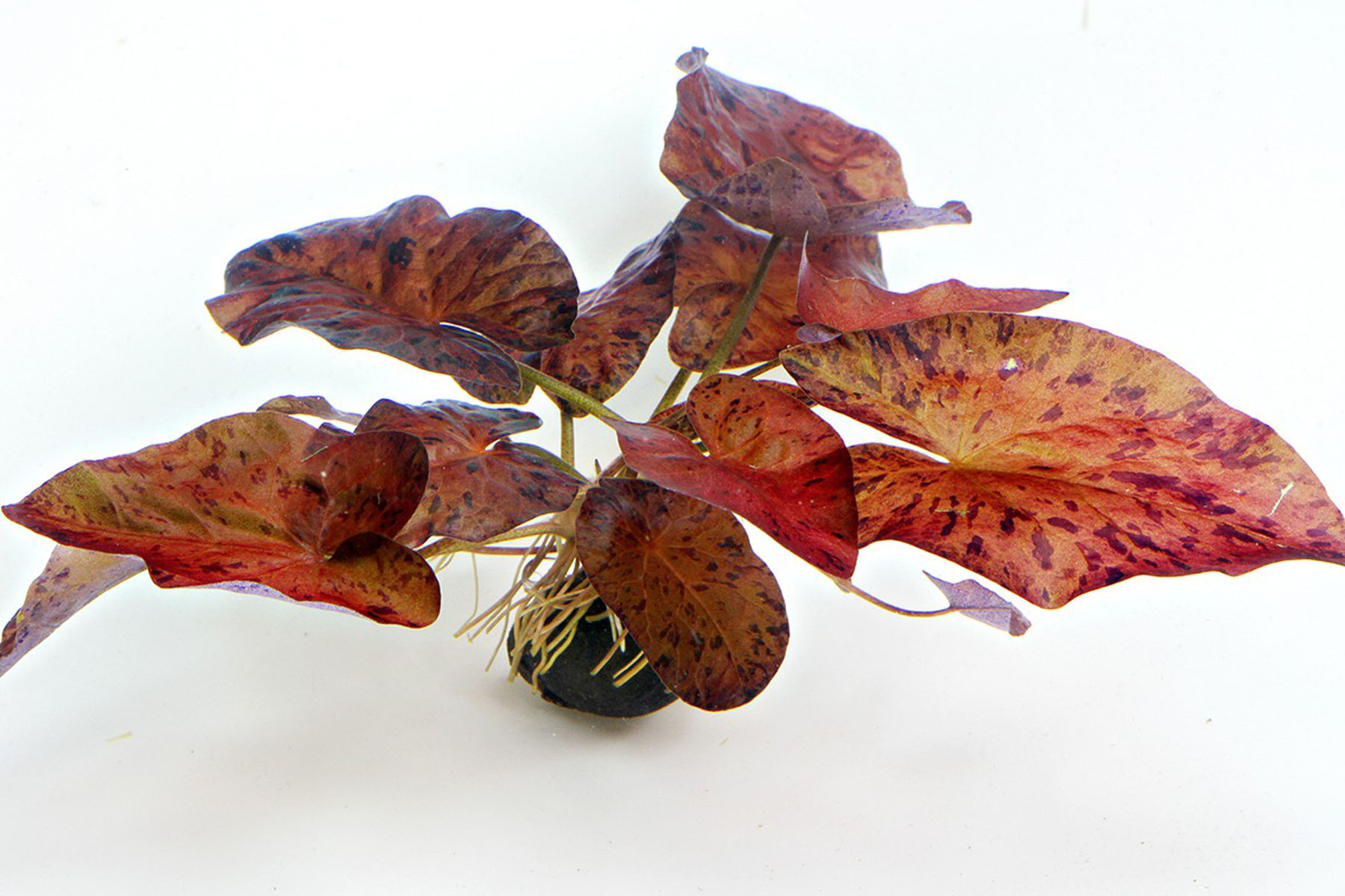The different forms of sale of plants
In the plant aquarium, real plants have become more and more popular in recent years. Plastic plants are no longer in vogue - natural should be - back to nature is an important keyword that you hear everywhere. The technical developments of the last decades regarding aquarium lighting, filtration and carbon supply as well as nutrient supply through aquarium fertilizers have made huge leaps and now allow to cultivate plants in the aquarium that were once considered difficult to keep. Modern LED lights above the aquarium use very little power, but provide a bright, energy-intensive light that plants can live with excellently. Today, a beautifully planted aquarium is no longer witchcraft!
Aquatic plants vs. marsh plants
Aquarium plants we first distinguished into the true aquatic plants, such as vallisneria or waterweed, which can not survive in the air. The biotopes in which they live in nature are under water 365 days a year.
The vast majority of aquarium plants, on the other hand, are actually marsh plants that can grow both above and below water. They don't mind spending their entire lives submerged, but it doesn't hurt them to grow above the water's surface either. Often they even start to bloom then.
Classification by zones
You can divide aquarium plants into even more categories. One of the most common ways of classification is according to the zones in the aquarium where the plants are used: Plants for the foreground, the middle ground, perched plants and plants for the background.

Types of cultivation
Today, however, we would like to look at the various"presentation forms" of plants and how to prepare each type of plant for insertion into the aquarium and how, ultimately, to then plant them.
Bund plants
Bund plants
Quite classic and very well known, often extremely cheap are the bunch plants. Bund plants are in the majority unrooted stems of stem plants, but there are also other plants such as vallisneria in a bundle. They are usually held together with a lead tape or a clay ring or ceramic ring and a foam pad or something similar.
A small tip: Ceramic rings can be well soaked (for example, two weeks in a water glass with daily water changes to remove unwanted substances such as fertilizer or pesticides) and then used in the aquarium to feed, for example, nettle leaves or other food that does not stay down by itself.
Before planting, bunch plants should always be watered separately for two weeks - you can read how best to do this in our article "Watering plants properly". This is especially important for the very inexpensive bund plants that are imported directly from Asia.
Bund plants are not used as a complete bundle, so they would be much too dense and take each other's light. Therefore, first remove the attachment that holds the plants together and cut away yellow leaflets. You may also want to cut off the first inch of the stem end. Rootless bunch plants hold better in the bottom of the aquarium if you cut off the lower leaves so that the leaf stalks remain. They then act like barbs and hold the stems in the bottom until they are rooted.
Then insert the stems or the individual plants with a spacing of 2-3 cm. Aquarium plants look best when placed in larger groups.
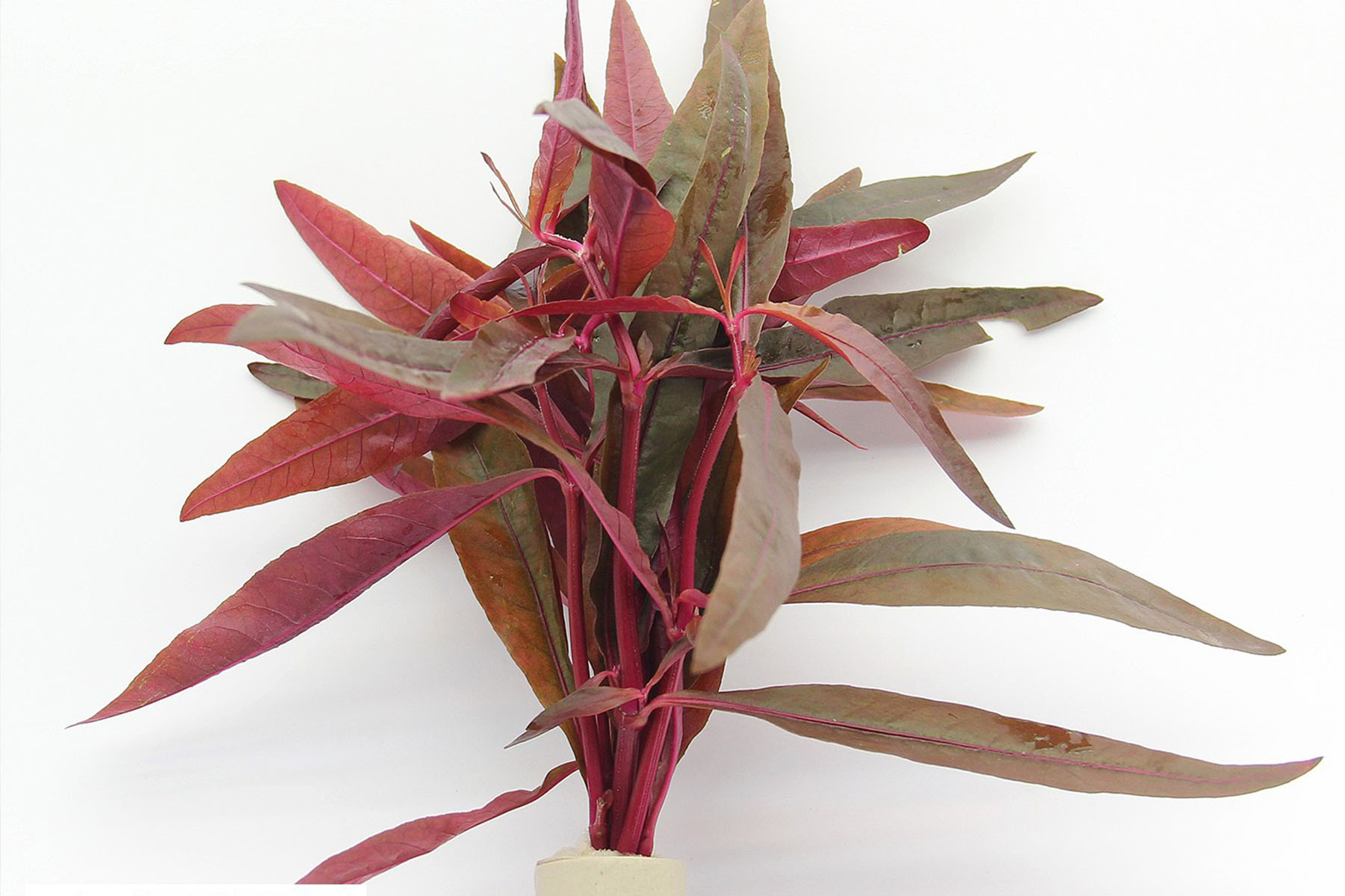
Potted plants
Potted plants also belong to the conventionally produced aquatic plants. The roots are usually wrapped in rock wool, rarely in coconut fiber. The whole thing is then in a usually black pot with large slits or holes so that the water can circulate well.
The substrate (i.e. the rock wool or the coconut fiber) can store unwanted amounts of fertilizer or contain duckweed, algae spores or stowaways such as small snails or small crustaceans such as ostracods, but also worms such as planarians, wenigborsters or disc worms. To avoid introducing these organisms and substances into the aquarium, the substrate must be removed as completely as possible before planting and ideally even before watering. Rockwool in particular can release fine fibers that can later harm fish, shrimp and crayfish in the aquarium. If these fibers settle into the gills, the aquarium animals definitely have a problem.
For the vast majority of aquarium plants grown in pots, removing the substrate works relatively well with a little perseverance. Potted plants with very fine roots, such as the Cuba Dwarf Pearlwort Hemianthus callitrichoides and other fine ground covers, are an exception. Here, remove the rockwool, but leave the remnants around the rootlets in place. They will act as a small anchor later in the aquarium, holding the plantlets down until they are firmly grown.
Rinsing out the rockwool under cold running water works best. Let's not kid ourselves, removing the substrate from the roots of the aquarium plants in the pot can be a tedious business, but you should still be careful here and, if need be, pluck the last remnants from the root system with fine tweezers.
Potted plants should also be watered separately for two weeks before being placed in a shrimp aquarium.
The plants are not inserted as they grew in the pot - again, the portions would be much too large and the plantlets would take away each other's light. Usually several individual plants grow in the pots as well, which can be taken apart without damage with a little care. Only in the case of large mother plants such as some Echinodorus or Cryptocorynes and similar aquarium plants, it may be that you get a single plant in the pot, which we then of course leave in one piece.
Potted plants are also placed in groups with some spacing for an optimal later appearance. Depending on the size of the plant, a distance of 3-5 centimeters (for large aquarium plants even more) has proven successful.
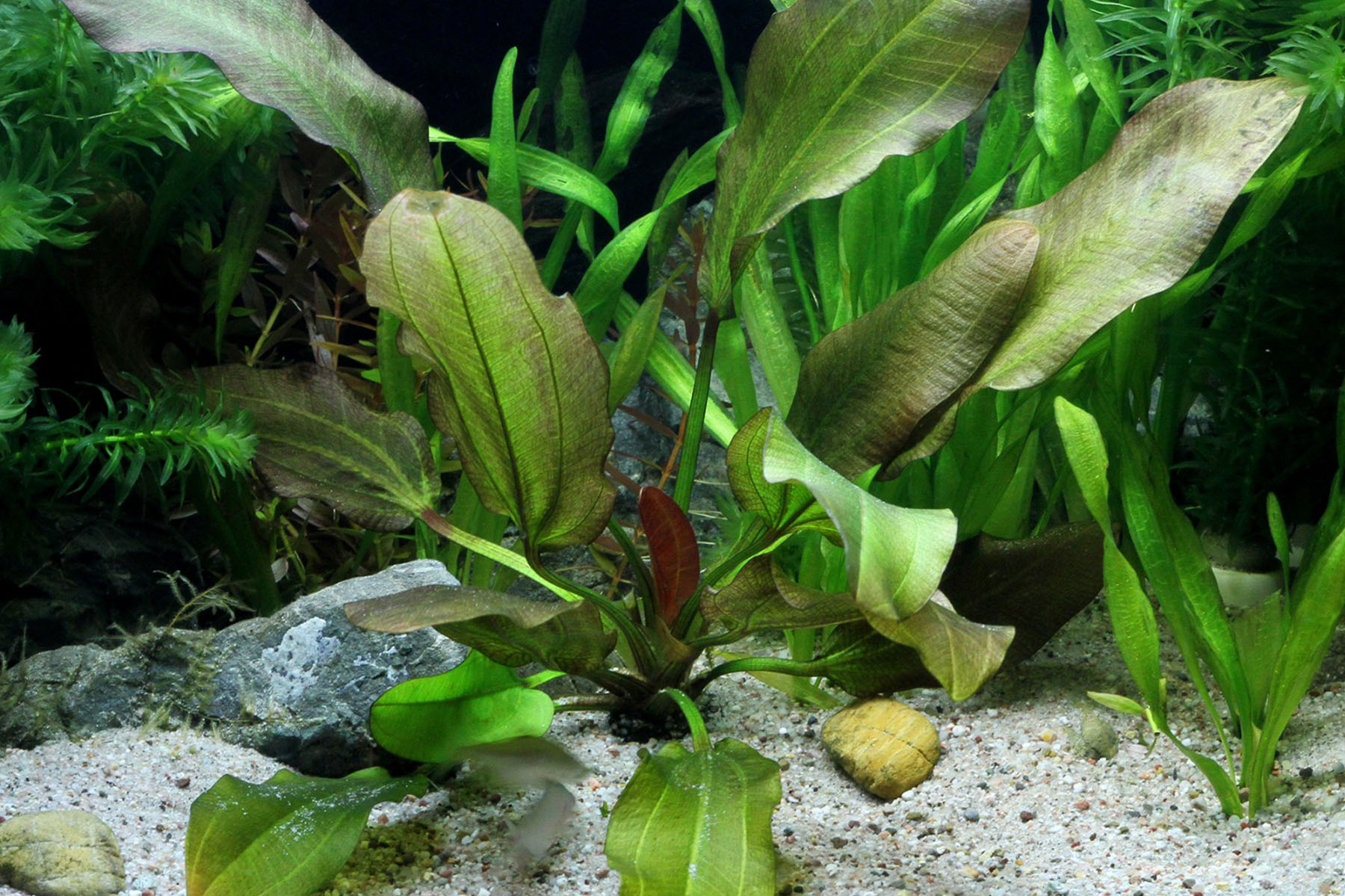
InVitro plants
InVitro means grown in glass - here we are talking about plants from the laboratory. These aquarium plants are produced directly in the pots in which they are later sold. With these plants from tissue culture it is not possible to introduce uninvited guests such as algae, duckweed or worms and other animals, and the pots do not contain pesticides or excess fertilizer. At the bottom of the pot is a nutrient gel or liquid. Simply wash this off carefully, divide the plants and then insert them. Aquarium plants grown in vitro do not require lengthy watering. They can be put into the aquarium straight away.
Please note: InVitro plants are significantly smaller than normal potted plants. However, they catch up quickly in aquarium conditions; after a few days to weeks, you won't see any difference.
To plant, divide the contents of the pot back into individual plants. Leave a large enough space between the plantlets so that they will not be in each other's light later when they have grown up. For guidance, the final size of the plants is always indicated on the sales containers.
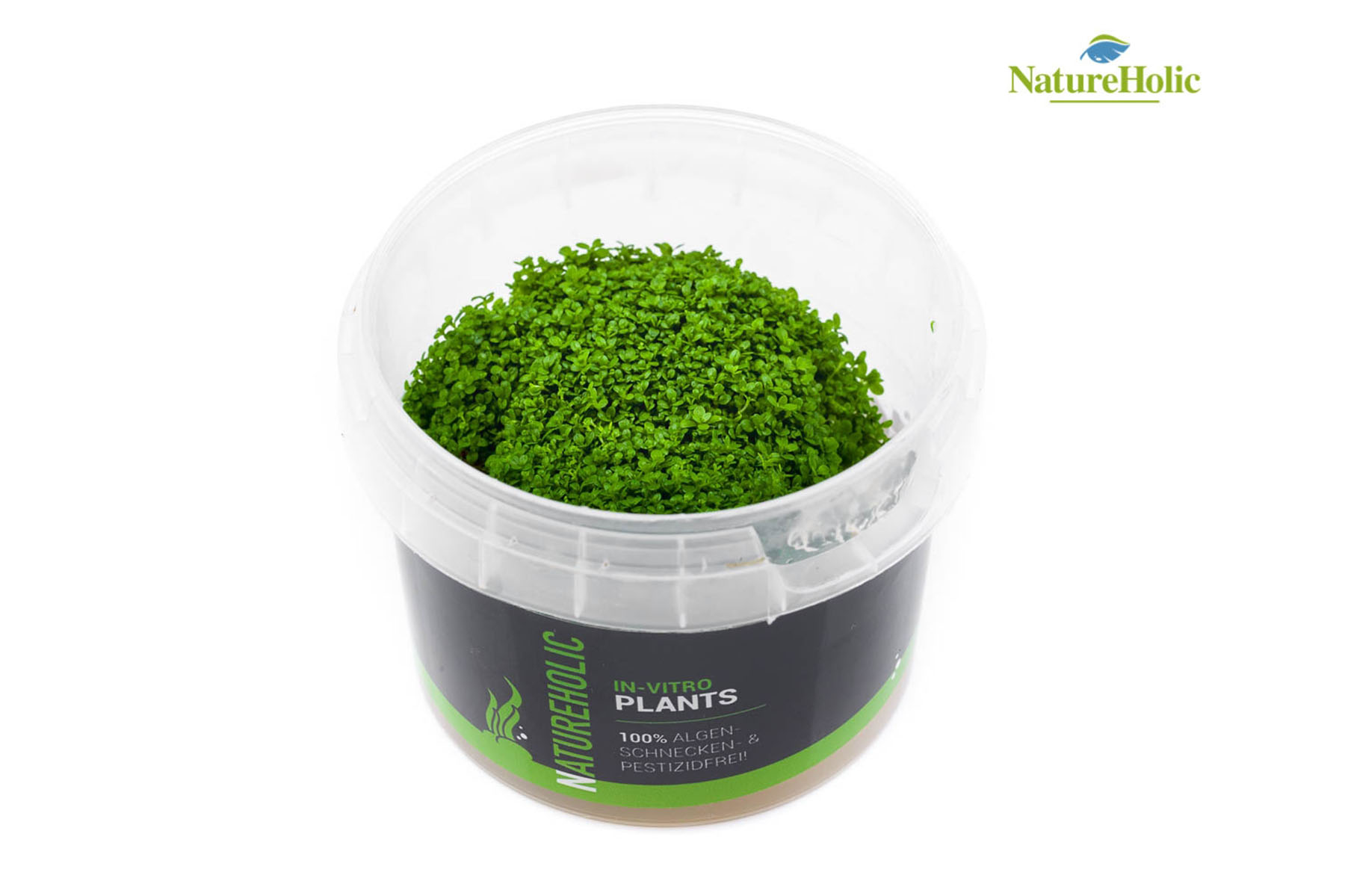
Attached plants
Sit-on plants such as mosses or ferns, Anubias, Bucephalandra and so on can also be bought ready tied up on roots or stones. Here all the work is already done, you just need to water them separately for two weeks. With trustworthy sources watering is not necessary, then the planted roots or stones may be directly in the aquarium.
Pads
Especially cushion plants like mosses or ground covers like Lilaeopsis or Hemianthus are often bought ready planted or tied on pads. Again, plants from trustworthy sources may go directly into the aquarium, all others are watered separately for two weeks.

Tubers
Tuberous plants like the green or the red tiger lotus or Aponogeton are often sold as tubers. Very similar to tulip bulbs, the tubers are simply buried in the aquarium substrate. However, please note one special feature: the tubers are not completely covered with substrate, about half to 1/3 should still peek out of the substrate to prevent them from rotting.
Here, too, a sufficiently large distance of 5-7 cm should be left between the individual tubers so that the plants do not deprive each other of light. Especially tuberous plants for the aquarium usually develop very large leaves, so you should take good care that this does not happen.
Moss balls
Moss balls are not difficult to plant - these balls of short-filament algae are not inserted at all, but are placed freely in the aquarium. Before inserting, the moss ball should be washed out very well. To do this, gently squeeze it out under running water until no more dirt comes out. This can take quite a long time because a lot of detritus can accumulate in the fine structures. Moss balls should also be watered separately for two weeks according to our instructions.
